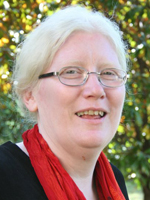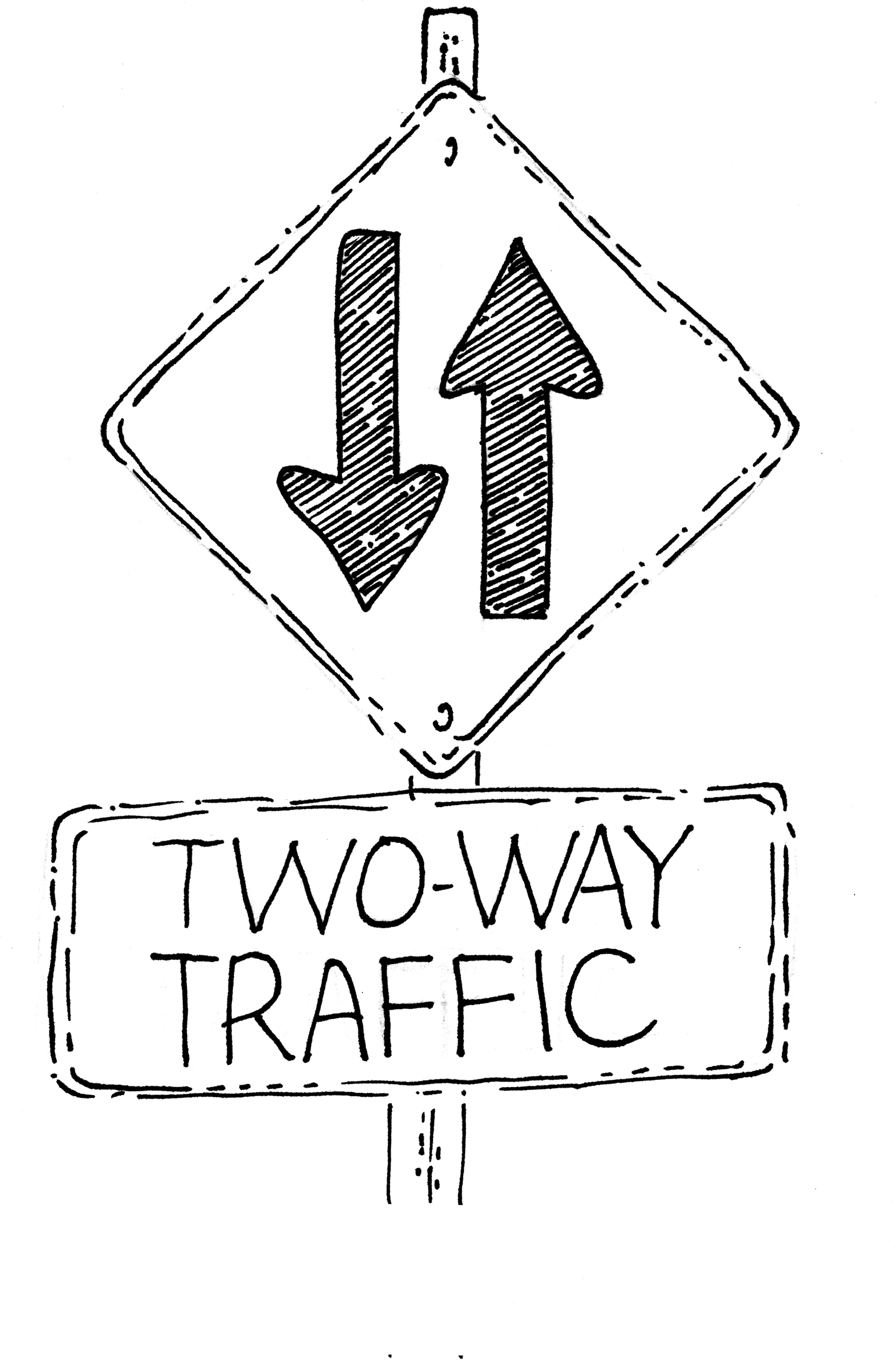The journey of board service starts with recruiting the right people and continues even after the official term of office ends. Guest editor Rebekah Burch Basinger has assembled an invaluable collection of new and previously published resources to mark the path from novice board member to well-loved veteran.
This article originally appeared in the Summer 1994 issue of In Trust, page 4, where it ran in the Toolbox section as "Bringing the Outsiders In."
The comic strip Kudzu once featured the following correspondence:
"Dear Preacher, How do you define God? —Theologian"
"Dear Theologian, The Holy is greater than the sum of its parts."
 |
| Melinda R. Heppe, pastor of two Lutheran churches in central Pennsylvania, is In Trust's contributing editor. |
No seminary board will confuse itself with the Holy. But in order to effectively carry out the ministry to which they have been called, boards must learn to view themselves as more than a temporarily gathered assortment of experts and learn to act as a unique entity, a whole.
Boards have a life of their own, whether or not they understand, acknowledge, or even notice it. They have a culture, a history, a style of interaction. An unexamined board life, though, is often a dysfunctional one. Students of what they describe as "board culture" have some straightforward suggestions to help boards move beyond power struggles between individuals and toward cohesiveness.
Examine your assumptions
Many boards are bogged down by an unspoken agreement that things will continue as they always have and that change is impossible. If board chairs are open to test new ways of working and willing to trust their boards, however, they can create an atmosphere in which members are encouraged to float new ideas.
Formal board self-study is one beginning point, and In Trust provides tools designed specifically for the boards of theological schools. Engaging in self-assessment usually brings surprise — including the news that not everyone shares the same assumptions about board life. If differences of perspective are considered a resource and not a threat, even new members will feel comfortable confronting troublesome issues. "Does anybody else feel this way?" can be a valuable question, but it will only be asked if the people doing the asking are reasonably sure that they are not stepping into a win/lose situation they are likely to lose.
Healthy boards pay attention to the process, and not just the content, of decision-making. They will pause after particularly difficult decisions to reflect upon the way in which their conclusion was reached. They will note whether they have opted for an easy out that preserves an unhealthy status quo. They might, on the basis of this discussion, decide to reopen the discussion.
Efficiency is a good thing, to be sure, but it cannot be a successful board's highest priority. Efficiency and effectiveness are not the same thing. Effectiveness is something that is built over time and involves taking time for reflection and for personal interaction.
Bringing in the out-groups
Boards that meet infrequently, briefly, and with tightly packed agendas struggle to make room for input from all members. Those who are responsible for advance planning and dissemination of information are thus in positions of power — they constitute an in-group that can stand unchallenged and appear unchallengeable. There is often an unspoken assumption that some board members have a greater right to power by virtue of their longevity on the board. Such insiders have been thoroughly immersed in the board's culture, in "the way we do things." 
In-groups do not enter the board fully formed, though. They have to learn the ropes, to be taught, to be mentored. Boards that examine their in-groups often discover that the people unofficially chosen for such mentoring are people who come to the board with some status — wealth, for example — or prestigious occupations, clergy status, maleness, whiteness. Boards that are committed to valuing and encouraging the participation of all members — to expanding the in-group — can begin to do so in several simple ways.
Equal access to information is the hallmark of a democratic board. Board members are aware of what is expected of them before they sign up. Once they are members, they are trained. Orientation is taken seriously — it is not a matter of being handed a tossed-together packet of information. Meetings have time for questions, and agendas are sent out far enough in advance to allow for thoughtful formation of questions. Effective meetings focus deeply on a few issues instead of lightly on a multiplicity of details.
Some board chairs and presidents have made a practice of being in touch with each member of the board between meetings, either in person or by telephone. This allows members to dig deeply into background questions they might not be comfortable raising in front of the whole board. It is a clear sign that their concerns are being taken seriously, and can serve as an opportunity to learn the most effective ways of addressing issues on a particular board.
 Well-informed boards that are sure their questions will be addressed are freed to dig beneath the surface of issues. They can ask probing questions that cut across committee boundaries, and work together to find the source of their answer; they do not hesitate to look beyond the board for information. They are not afraid to brainstorm.
Well-informed boards that are sure their questions will be addressed are freed to dig beneath the surface of issues. They can ask probing questions that cut across committee boundaries, and work together to find the source of their answer; they do not hesitate to look beyond the board for information. They are not afraid to brainstorm.
Successful boards groom all their members for leadership. One useful approach involves rotation through committees — two at a time.Some new board members have skills that strongly suggest their placement on particular committees — bankers on finance, theologians on academic affairs. They don't need to be isolated there, however. Placing them on additional committees will give them breadth of experience to balance the depth of their expertise.
Members of underachieving boards often do not know one another, and view any outside relationships with other board members as incidental. Healthy boards take time for interaction in settings less structured than meetings — dinners with the president and board retreats are two frequently used strategies. Unexpected gifts often come to light during informal conversation, and comfort levels are higher among people who know one another in several contexts. This comfort will result in increased interaction among board members at meetings — members will relate to one another, not just to the chair.
Setting goals
A board that has worked toward self-understanding will have found areas for improvement. Setting goals can help boards maintain a healthy focus on their own process, whether goals have to do with board development or other tasks. It is helpful to plan goals slowly, with maximum input from all board members — and the institution's president as well. Setting goals that are specific and attainable, and building in structures for evaluating the board's progress in meeting its goals, nurtures cohesiveness and shared satisfaction. If the goals are publicized throughout the institution, it helps faculties and administrations to view the board as a lively entity that has found its place within the larger life of the institution — and to call it to accountability.
This article originally appeared in the Summer 1994 issue of In Trust, page 4, where it ran in the Toolbox section as "Bringing the Outsiders In."